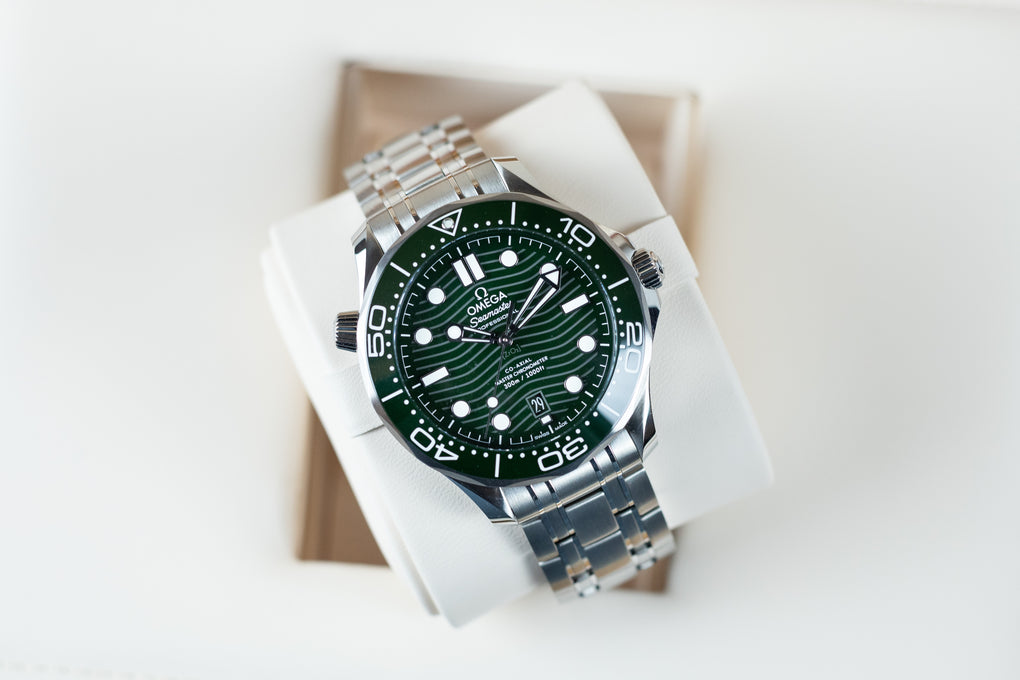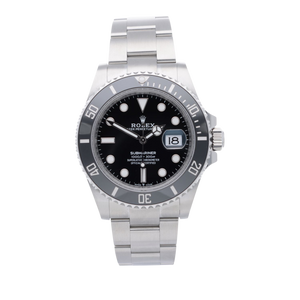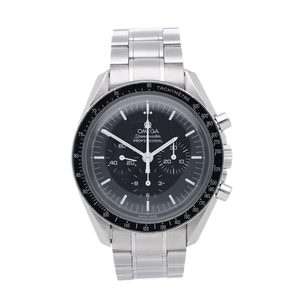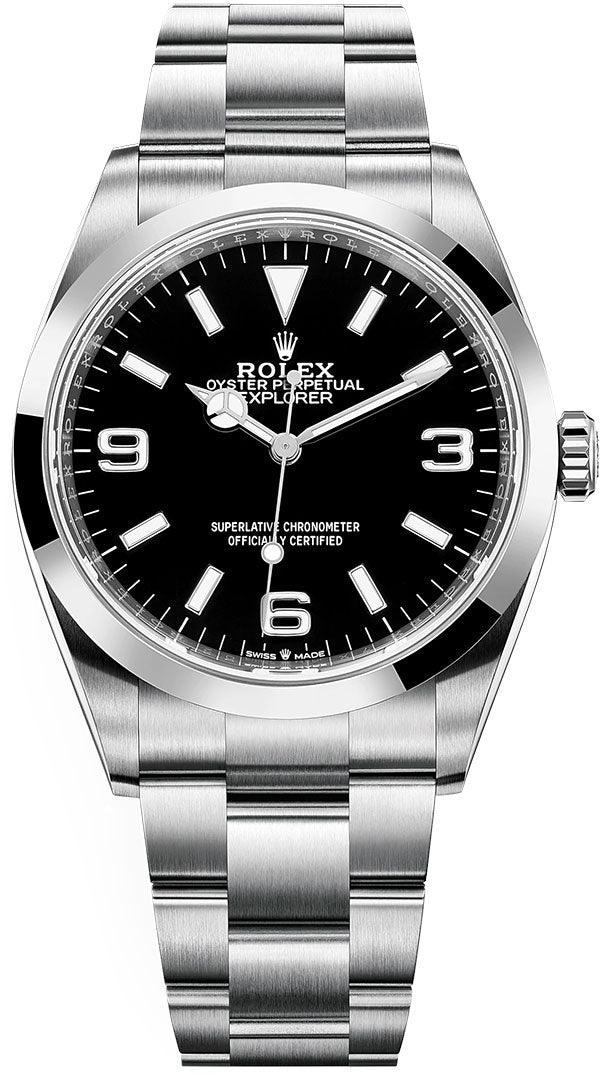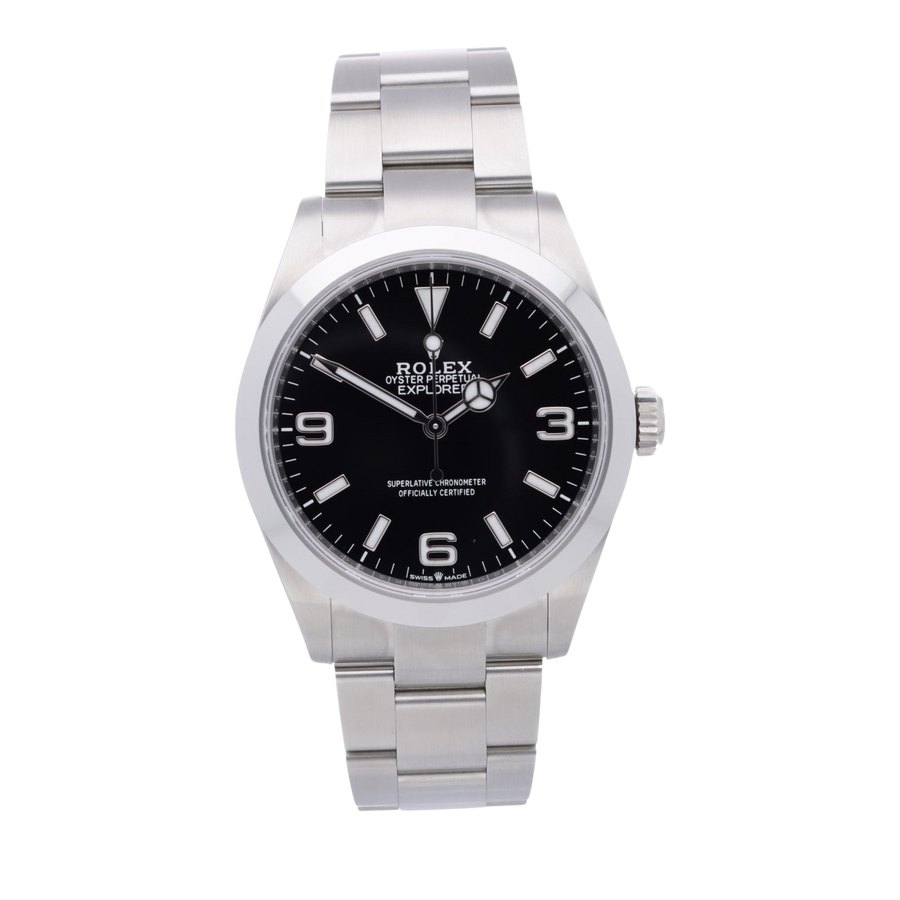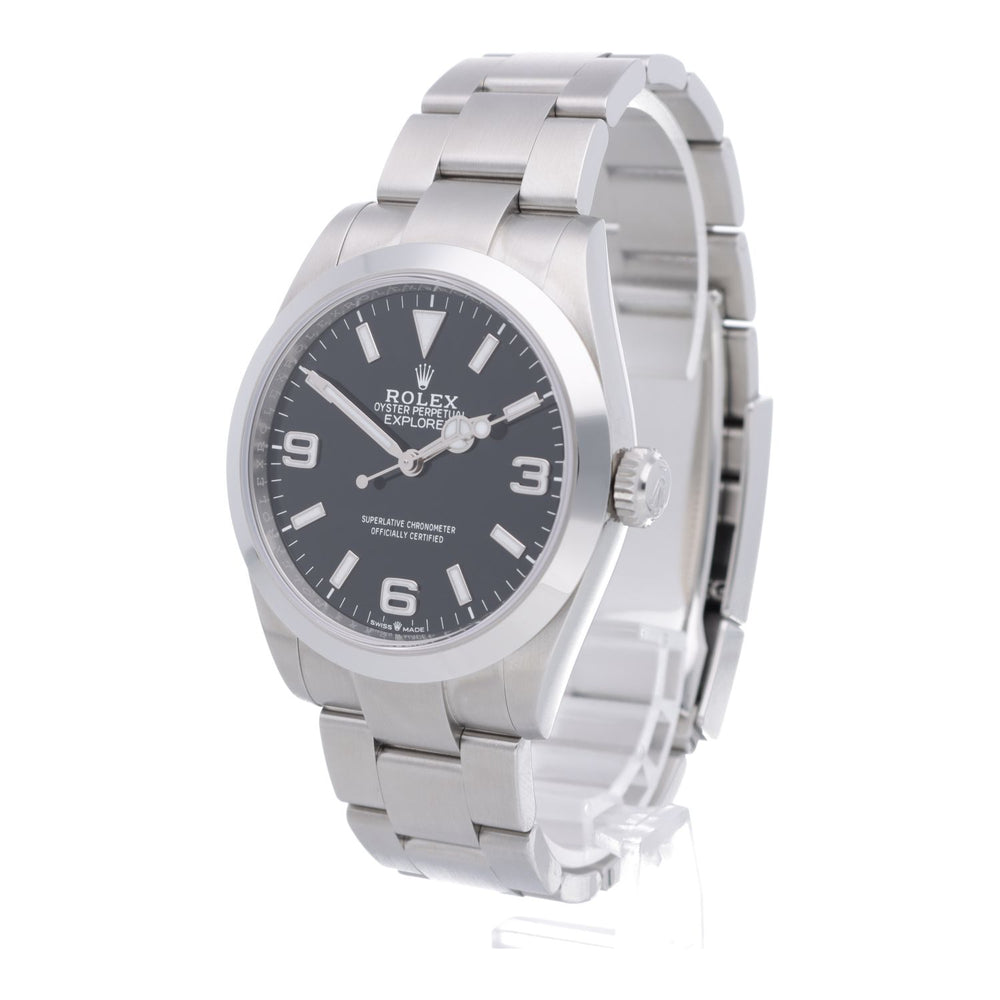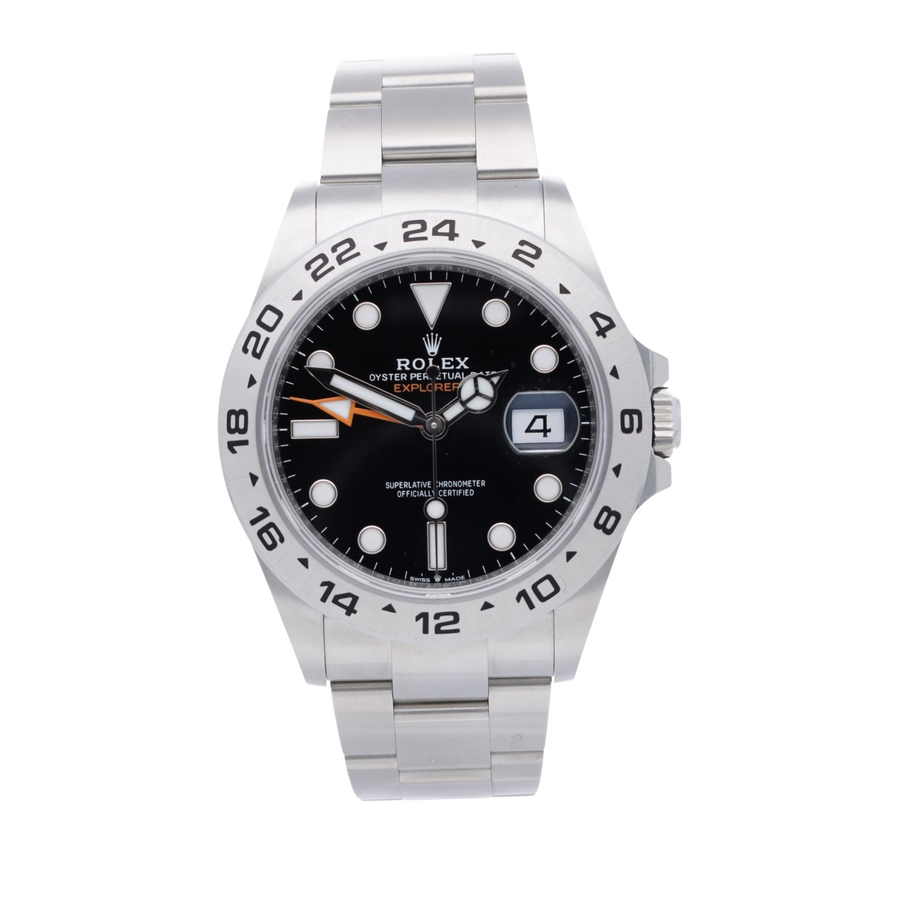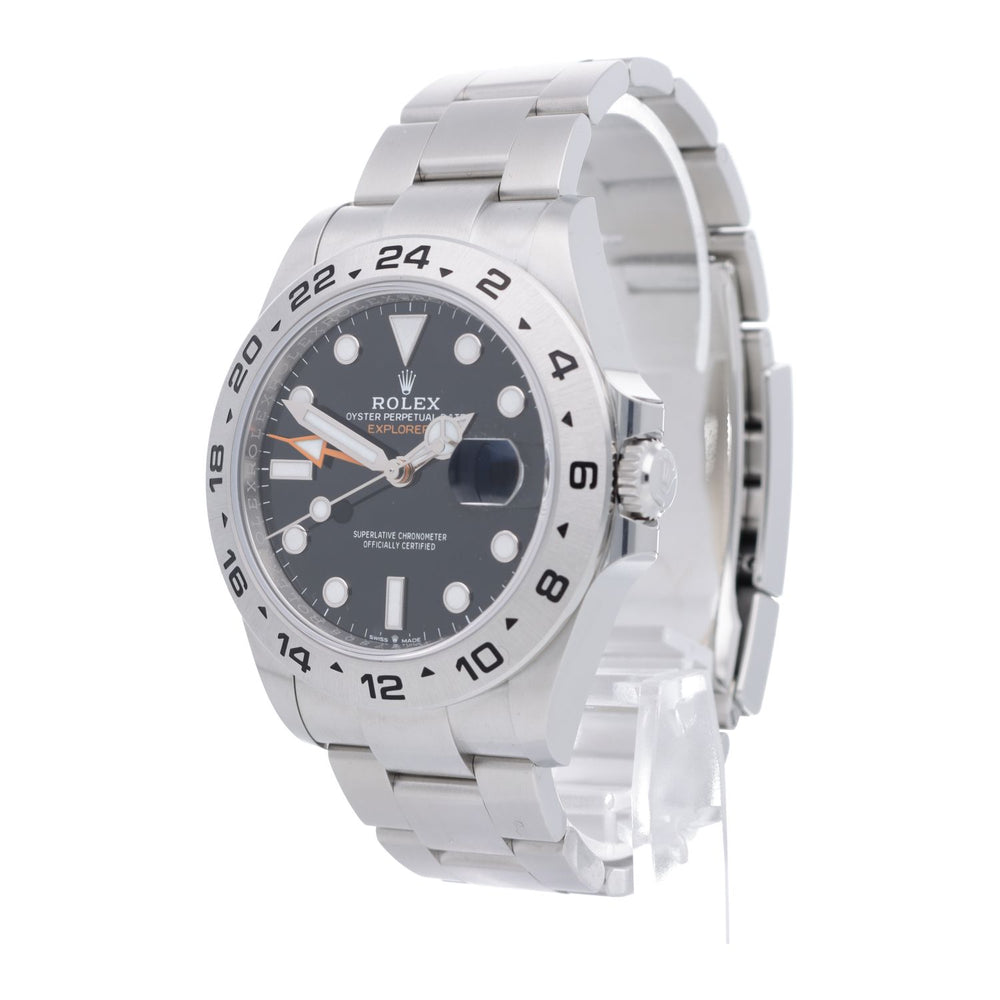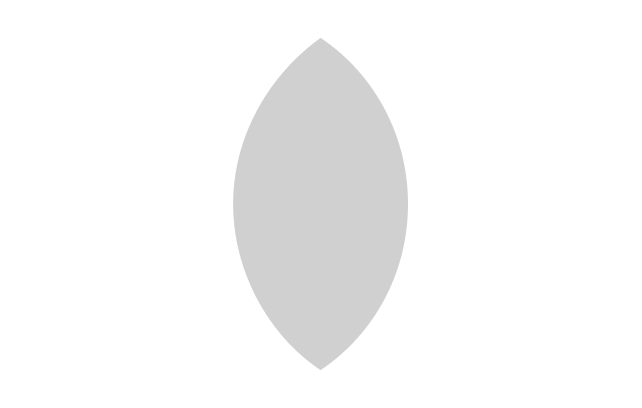Rolex Explorer I & II
With Rolex on the roof of the world. After several failed attempts, in 1953 Sir Edmund Hillary and his Nepalese partner Tenzing Norgay managed to climb Mount Everest, the highest mountain in the world at 8,848 meters. On his arm he wore a forerunner of the Explorer from Rolex, a watch that even then withstood the extreme conditions of cold and altitude. The modern Explorer proudly reflects on this not insignificant heritage. The case, made from a solid block of stainless steel, withstands shocks and knocks and is also particularly corrosion-resistant. The "Chromalight" luminous material on the hands and indices also enables perfect readability even in poor light and weather conditions. The slightly larger brother Explorer II with a diameter of 42 millimeters even has a date display and a running 24-hour display so that you never lose track of things on research trips all over the world.

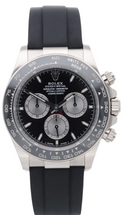
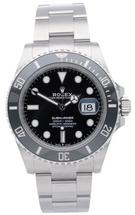
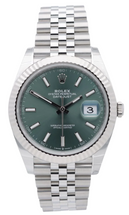
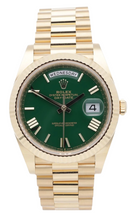
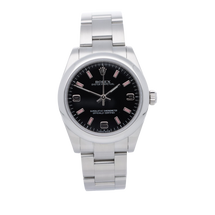
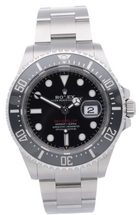
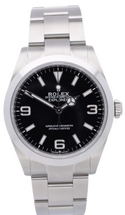
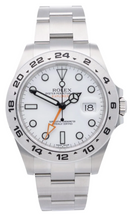
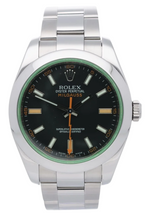
Currently available Rolex Explorer I & II watches
- Modell
- Brand
- Year
- Case
- Diameter
- Crystal
- Strap Material
- Clasp
- Dial
- Movement
- Features
- Gender
- Availability
- Popular categories
4 Ergebnisse
filter
- Modell
- Brand
- Year
- Case
- Diameter
- Crystal
- Strap Material
- Clasp
- Dial
- Movement
- Features
- Gender
- Availability
- Popular categories
4 Ergebnisse
Sort
- Featured
- Best selling
- Alphabetically, A-Z
- Alphabetically, Z-A
- Price, low to high
- Price, high to low
- Date, old to new
- Date, new to old
Rolex
Buy watches at HORANDO
Rolex Tick Talk Video - Historie, Meilensteine und Kultmodelle
The new Explorer I
From the very beginning, the Swiss company felt a connection with daring explorers and inquisitive researchers and has therefore always placed great importance on producing watches that are robust and can withstand all adversities. After Rolex supported the dangerous missions to climb the seemingly invincible Mount Everest in the 1950s and finally managed to climb it with a watch that was only later given the name Explorer, the Rolex Explorer I and II models became synonymous with a thirst for adventure and voyages of discovery. The modern Explorer I from Rolex, first introduced in 1953, proudly reflects on its considerable heritage. The case is made from a solid block of stainless steel and can withstand shocks and knocks and is also particularly corrosion-resistant. The solid material makes the luxury watch look simple and elegant and makes it easy to care for. The blue "Chromalight" luminous material on the hands and indices of the hand-crafted dial also enables perfect readability even in poor lighting and weather conditions. The otherwise very understated Rolex Explorer I also stands out due to the fact that only the numbers three, six and nine are displayed as digits. The inner workings of the Rolex Explorer I also impress with the precision of the movement with the caliber 3132 and a mechanism that can wind the luxury watch independently.
The Explorer II - a cult watch since 1971
In 1971, the Swiss watch brand presented another watch model in the Explorer category: the Rolex Explorer II. This was reissued in 2011 for the 40th anniversary and is also made of the robust stainless steel alloy that was used in both technical and chemical areas of industry and in the manufacture of the Rolex Explorer I. The mechanical movement of the Rolex Explorer II, caliber 3187, allows the use of a fourth hand in addition to the three usual hands. This orange hand made the first Explorer II from Rolex a cult watch. The fourth hand in the new model is also based on the shape and design of the original Explorer II and still takes twice as long to complete a revolution as a normal hour hand. This enables a running 24-hour display. In this way, the Rolex Explorer II can represent a second time zone and is highly valued by watch collectors and enthusiasts. The slightly larger brother of the Rolex Explorer I, with a diameter of 42 millimeters, also sets itself apart from the old Explorer II with a diameter of 40 millimeters. In addition, it even has a date display so that you never lose track of time on research trips all over the world.
Rolex Buy luxury watches at HORANDO – verified authenticity & premium service

GUARANTEED AUTHENTICITY & ORIGINALITY
New watches come directly from the manufacturer, used watches are inspected and certified by watchmakers.

ORDER SAFELY & RISK-FREE
Free, insured premium shipping, 14-day return policy and personal support.

EXCLUSIVE SELECTION OF LUXURY WATCHES
Experience an exclusive selection – from new models to coveted collector's items.

PERSONAL CONSULTATION BY EXPERTS
Our watch experts will advise you personally – online, by phone or by email.

ATTRACTIVE PRICES & FAIR CONDITIONS
Benefit from competitive prices, flexible payment options, and the possibility of trade-ins or consignment sales.

FLEXIBLE & CONVENIENT SHOPPING
Order online or pick up in person – with a transparent process and personal service.
Brand: Rolex
Model
- Datejust 41
- Yachtmaster
- Deepsea
- Day Date 40
- Sea Dweller
- GMT Master II
- Datejust 36
- Day Date 36
- Submariner
- Oyster Perpetual
- Oyster Perpetual 36
- Oyster Perpetual 41
- Oyster Perpetual 31
- Air King
- Cosmograph Daytona
- Oyster Perpetual 39
- Explorer I & II
- Explorer I
- Explorer II
- Datejust
- Datejust 31
- Sky Dweller
- Land Dweller
Case Material
- Yellow gold
- Steel
- Steel / Yellow gold
- Steel / Ceramic
- Steel / Rose gold
- Platinum
- Rose gold
- Steel / White gold
- Titanium
- White gold
New / Used
Gender
Diameter
Newsletter
Stay up to date and don’t miss
nothing more - NEW ARRIVALS, PROMOTIONS,
WATCH MAGAZIN and much more
